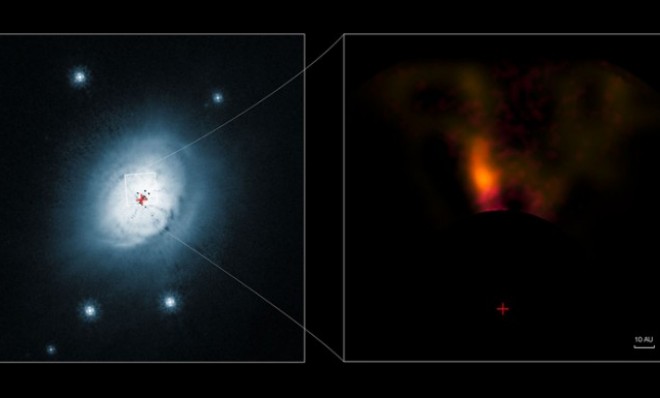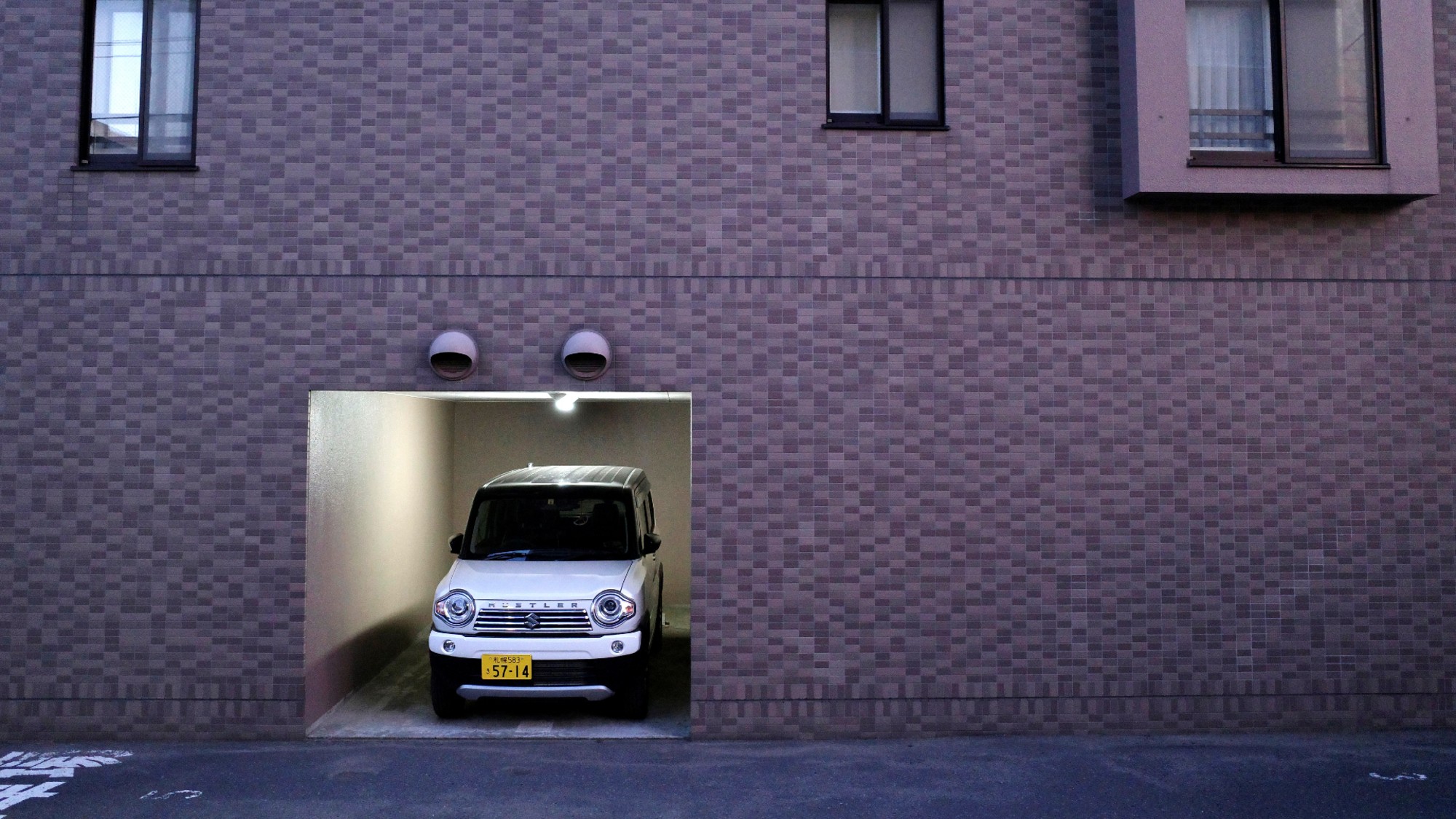Caught on camera: The violent birth of an enormous new planet
It's a big baby, too — about twice the size of Jupiter

Despite never having observed the phenomenon firsthand, scientists have a pretty good idea of how planets form. The dominant theory is that dust, gas, and other materials spewed from a newly formed star zip around a young solar system, smashing into one another chaotically. Eventually, a few objects start clumping together like cosmic dust bunnies, growing larger and more recognizable over time.
Over the course of hundreds of thousands of years, a force called gravity molds these snowballing chunks of space rock into planets, like Jupiter, Neptune, and even our humble little Earth.
The problem with the theory is that astronomers have never actually seen a planet being born — at least until now. In January, an international team of astronomers caught a historic glimpse of what's likely a newborn proto-planet starting to take shape. Led by Sascha Quanz, an astronomer at the Swiss university ETH Zurich, the team initially spotted the genesis of a large, gaseous giant forming inside our own Milky Way galaxy, just 100,000 light-years away — a stone's throw by cosmic standards. It's apparently a big baby, too, at roughly twice the size of Jupiter.
The Week
Escape your echo chamber. Get the facts behind the news, plus analysis from multiple perspectives.

Sign up for The Week's Free Newsletters
From our morning news briefing to a weekly Good News Newsletter, get the best of The Week delivered directly to your inbox.
From our morning news briefing to a weekly Good News Newsletter, get the best of The Week delivered directly to your inbox.
Seen through the European Southern Observatory's Very Large Telescope, this potential new planet, which circles a gigantic star called HD 100546, wasn't immediately apparent to astronomers, since the evidence of its existence was composed of vast plumes of gas flowing across the bright bulging disk that surrounds the parent star. But something strange caught the team's eye: All that stuff flying around was asymmetrical. "It's a good indication that something might be hiding or forming in the disk," said Dr. Quanz. Using infrared imagery, the team spied a bright blob hiding within HD 100546's disk, suggesting that tucked away, somewhere deep inside, could be the birth of a new planet, hungrily sucking up the gas around it.
It would have a number of weird characteristics, too. For one thing, "B" — as we'd call it — is really far away from its parent star. As Discovery News notes, if "B" were in our solar system, "it'd be located deep in the Kuiper Belt, twice as far as Pluto." Gas giants, as far as we know, are usually much closer to their host star. That might mean the massive infant was given the boot at some point, possibly due to a gravitational interaction with another gigantic planet.
Of course, there's a tiny possibility that "B" isn't a new planet after all; the "bright blob" photographed could turn out to be something much larger and distant. A galactic photobomb, if you will. But scientists are excited by the possibility nonetheless, which could give us a clearer picture of how planets like Earth form in the first place.
Now, we just have to wait a couple hundred thousand years for the not-so-little fella to grow up.
A free daily email with the biggest news stories of the day – and the best features from TheWeek.com
-
 Russia’s ‘weird’ campaign to boost its birth rate
Russia’s ‘weird’ campaign to boost its birth rateUnder the Radar Demographic crisis spurs lawmakers to take increasingly desperate measures
-
 Could smaller cars bring down vehicle prices?
Could smaller cars bring down vehicle prices?Today’s Big Question Trump seems to think so, but experts aren’t so sure
-
 2025’s most notable new albums
2025’s most notable new albumsThe Week Recommends These were some of the finest releases of the past year